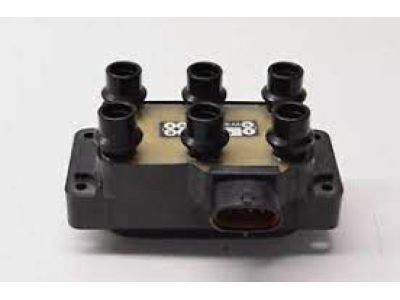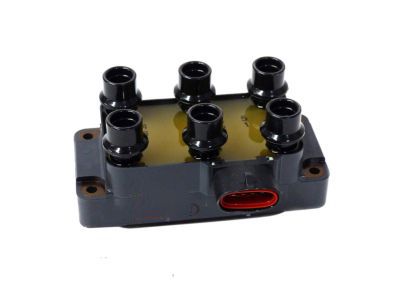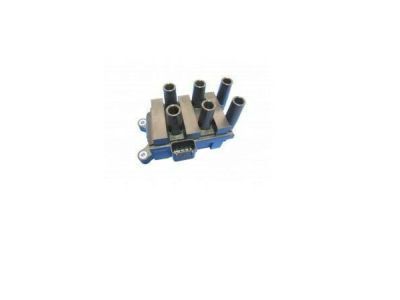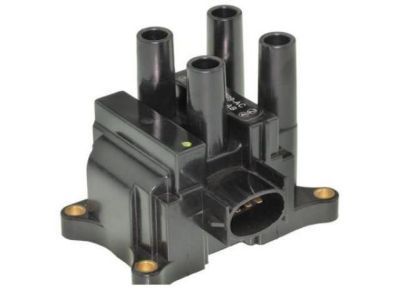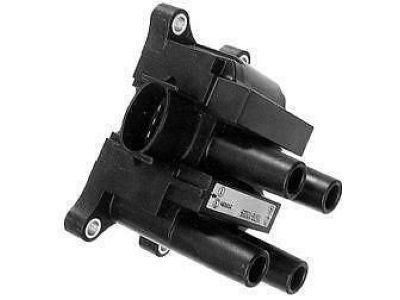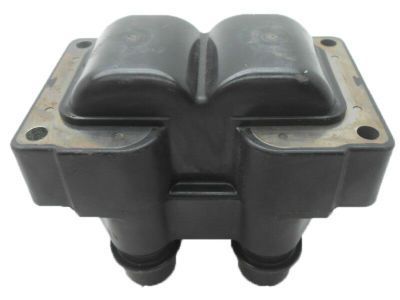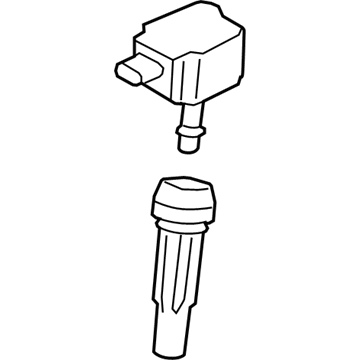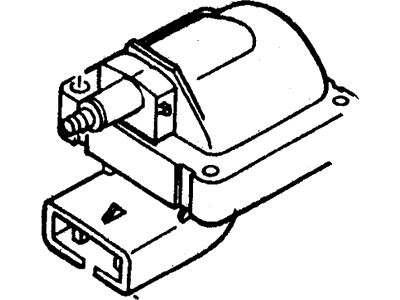×
- Live Chat
- 1-888-788-9341


My Garage
My Account
Cart
Genuine Ford Ranger Ignition Coil
Ignition Coil Resistor- Select Vehicle by Model
- Select Vehicle by VIN
Select Vehicle by Model
orMake
Model
Year
Select Vehicle by VIN
For the most accurate results, select vehicle by your VIN (Vehicle Identification Number).
10 Ignition Coils found
Ford Ranger Coil Assembly - Ignition
Part Number: F57Z-12029-A$187.44 MSRP: $320.00You Save: $132.56 (42%)Ships in 1-2 Business DaysFord Ranger Coil Assembly - Ignition
Part Number: FOTZ-12029-A$83.49 MSRP: $138.00You Save: $54.51 (40%)Ships in 1-2 Business DaysFord Ranger Coil Assembly - Ignition
Part Number: 1F2Z-12029-AC$77.66 MSRP: $128.36You Save: $50.70 (40%)Ships in 1-2 Business DaysFord Ranger Coil Assembly - Ignition
Part Number: 1S7Z-12029-AD$67.98 MSRP: $112.36You Save: $44.38 (40%)Ships in 1 Business DayFord Ranger Coil Assembly - Ignition
Part Number: 1S7Z-12029-AA$67.98 MSRP: $112.36You Save: $44.38 (40%)Ships in 1 Business DayFord Ranger Coil Assembly - Ignition
Part Number: E8TZ-12029-A$69.85 MSRP: $117.82You Save: $47.97 (41%)Ships in 1-2 Business DaysFord Ranger Coil Assembly - Ignition
Part Number: JX6Z-12029-B$79.47 MSRP: $128.73You Save: $49.26 (39%)Ships in 1-2 Business DaysFord Ranger Coil Assembly - Ignition
Part Number: JX6Z-12029-A$79.47 MSRP: $128.73You Save: $49.26 (39%)Ford Ranger Coil Assembly - Ignition
Part Number: F5SZ-12029-A$89.65 MSRP: $148.18You Save: $58.53 (40%)Ships in 1-2 Business DaysFord Ranger Coil Assembly - Ignition
Part Number: F37Z-12029-A$69.85 MSRP: $117.82You Save: $47.97 (41%)Ships in 1-2 Business Days
Ford Ranger Ignition Coil
Ford Ranger Ignition Coil is an important part that perform pivotal function in the ignition system of that car. The ignition coil is used to increases the low voltage coming from the battery to a high voltage that generates the sparks needed to ignite fuel in the engine's cylindrically shaped chambers. This takes place through primary and secondary windings in the coil to develop the 15,000 - 40,000 volts to bridge the gap between the electrodes of the spark plug. Throughout the production of the Ford Ranger vehicles, numerous kinds of the ignition coils have been installed, such as those of the distributor ignition system, the COP system, and the CNP system. These different styles of ignition coils have distinctive methods for supplying voltage to the spark plugs; The systems using individual coils for each cylinder are totally different from those using a single coil for multiple cylinders. A bad ignition coil is detrimental and causes engine misfires, low fuel efficiency, and even poor performance; thus, regular checkups on this component are vital for good running of the vehicle.
We provide a wide range of Ford Ranger Ignition Coil at the best prices possible. If you need Ford Ranger Ignition Coil, you can shop with confidence on our website. All our OEM parts come with a manufacturer's warranty and are delivered to your door step with a fast delivery service.
Ford Ranger Ignition Coil Parts Questions & Experts Answers
- Q: How to check and replace the ignition coil on a 1993-2011 Ford Ranger with a distributor ignition system?A: It is very important to check the coil resistance for 1993 and 1994 3.0L V6 engines which have distributor ignition. Disconnect the wires from the coil with ignition turned off and measure resistance by use of an ohmmeter. Primary terminals should be less than 5.0 ohms. Measure resistance between negative primary terminal and secondary terminal, aiming for 10-15K ohms. For replacement, disconnect the battery, primary coil connector, and coil secondary lead. Remove the bracket bolts and detach the coil, then reversal is done when installing it back again. For engines without electronic distributorless ignition, this process is similar. With ignition off, disconnect electrical connector from coil measuring primary resistance below 5.0 ohms. Measure resistance between secondary terminals, considering paired cylinders. Replacement involves disconnecting the battery, ignition coil electrical connector(s), and spark plug wires; remove bolts securing the ignition coil; installation is reverse while making sure spark plug lead is properly coated with Silicone Dielectric on each cylinder's spark plug end.
- Q: How to check the primary and secondary resistance of a coil and replace it on 2000-2011 Ford Ranger?A: To check a coil's primary resistance, disconnect the coil's electrical connector and use an ohmmeter across the primary terminals. The resistance should be under 5.0 ohms. If it's a high or open circuit, the coil might be faulty. To replace the coil, disconnect the battery's negative cable, the ignition coil connector(s), and spark plug wires. Remove the coil's securing bolts and install the new coil. Coat the rubber boot interior with Silicone Dielectric Compound and insert the spark plug wires into the terminals. Reinstall the radio ignition interference capacitor if needed.
Related Ford Ranger Parts
Browse by Year
2023 Ignition Coil 2022 Ignition Coil 2021 Ignition Coil 2020 Ignition Coil 2019 Ignition Coil 2011 Ignition Coil 2010 Ignition Coil 2009 Ignition Coil 2008 Ignition Coil 2007 Ignition Coil 2006 Ignition Coil 2005 Ignition Coil 2004 Ignition Coil 2003 Ignition Coil 2002 Ignition Coil 2001 Ignition Coil 2000 Ignition Coil 1999 Ignition Coil 1998 Ignition Coil 1997 Ignition Coil 1996 Ignition Coil 1995 Ignition Coil 1994 Ignition Coil 1993 Ignition Coil 1992 Ignition Coil 1991 Ignition Coil 1990 Ignition Coil 1989 Ignition Coil 1988 Ignition Coil
